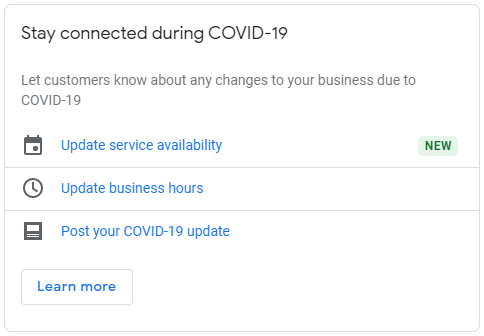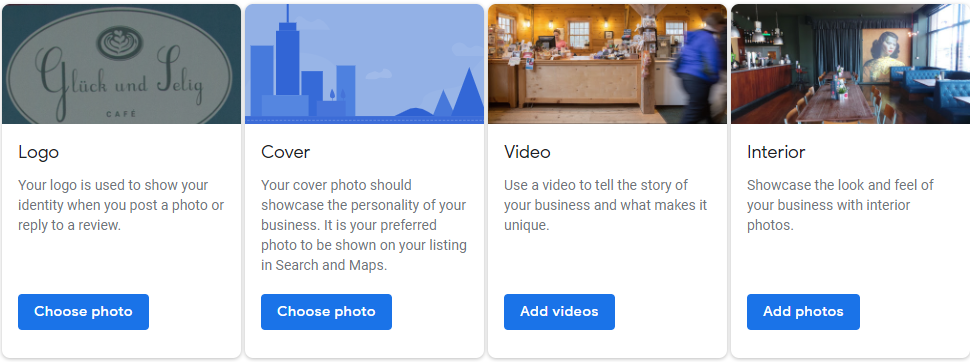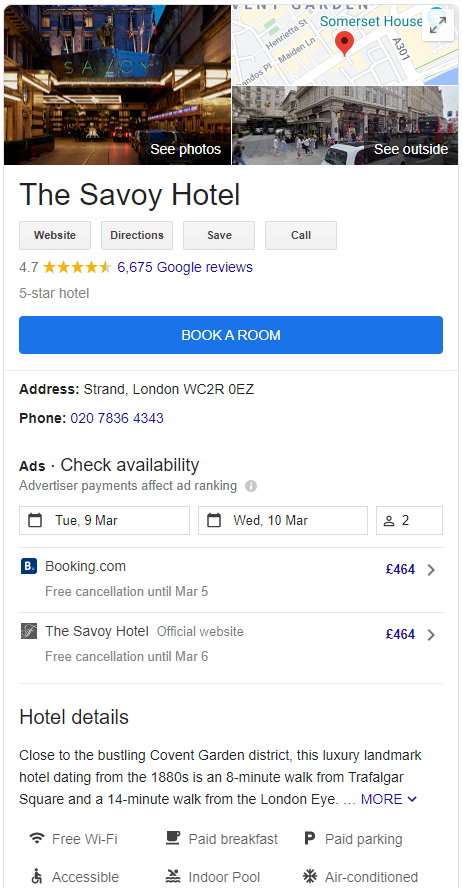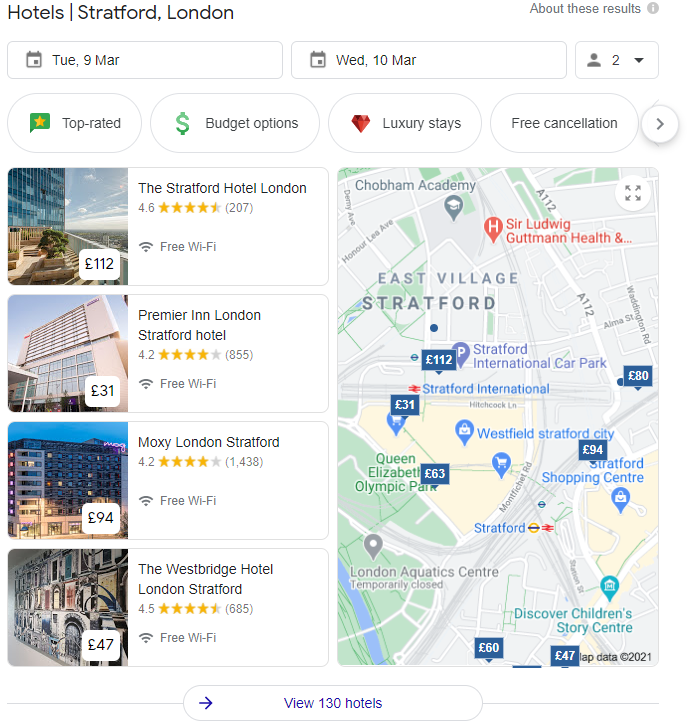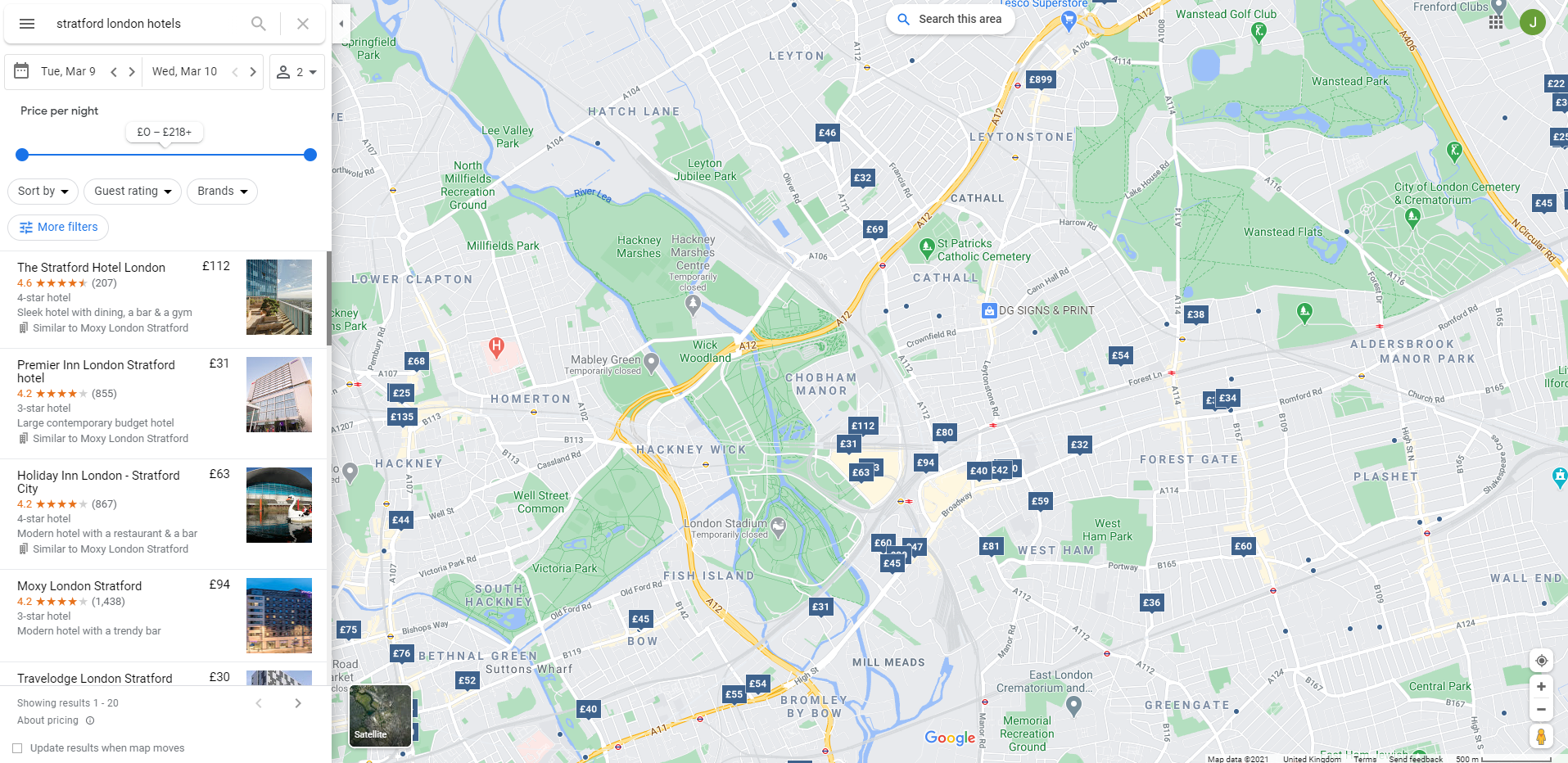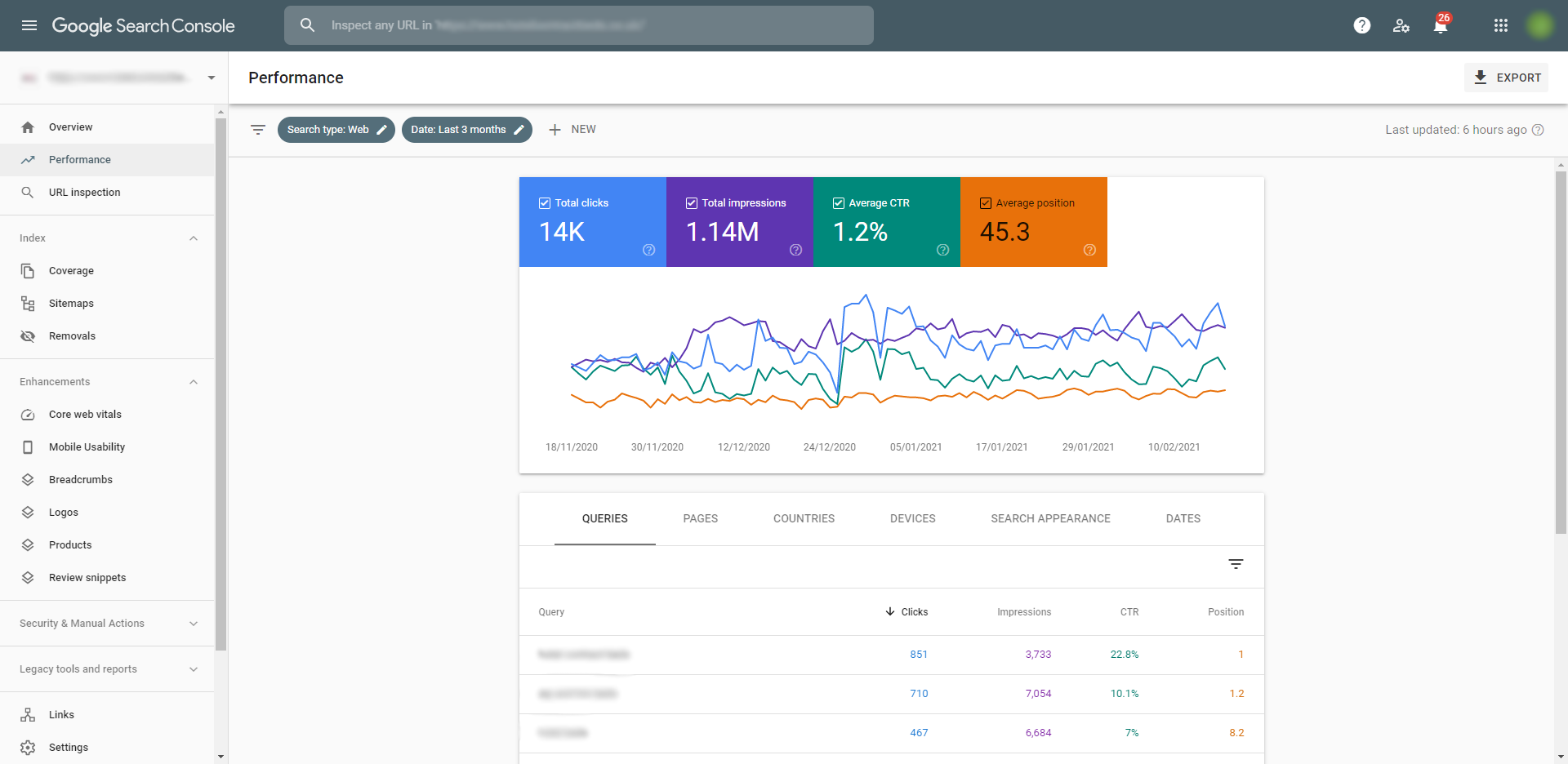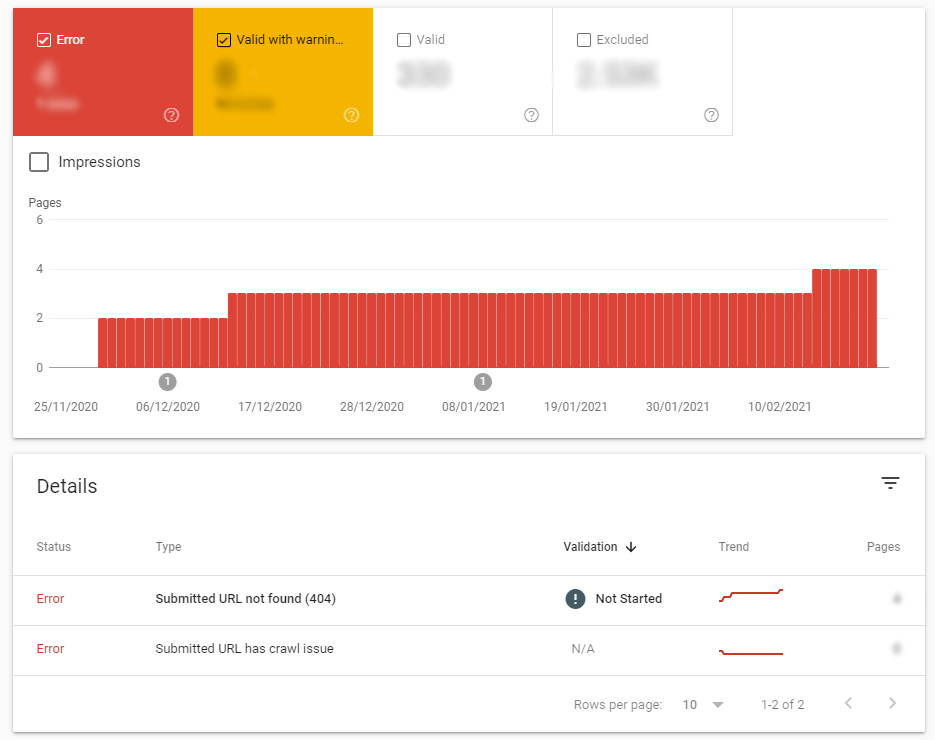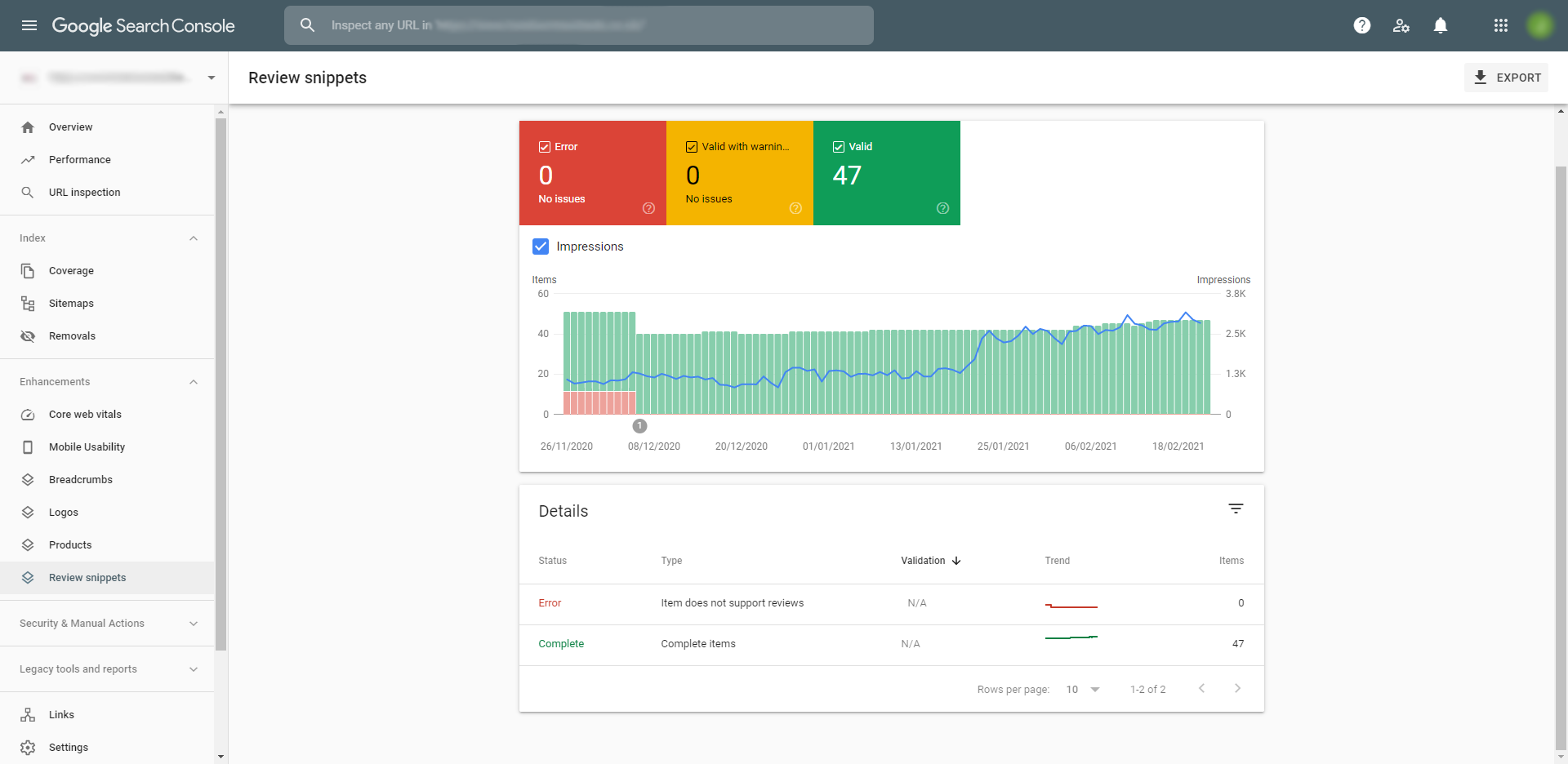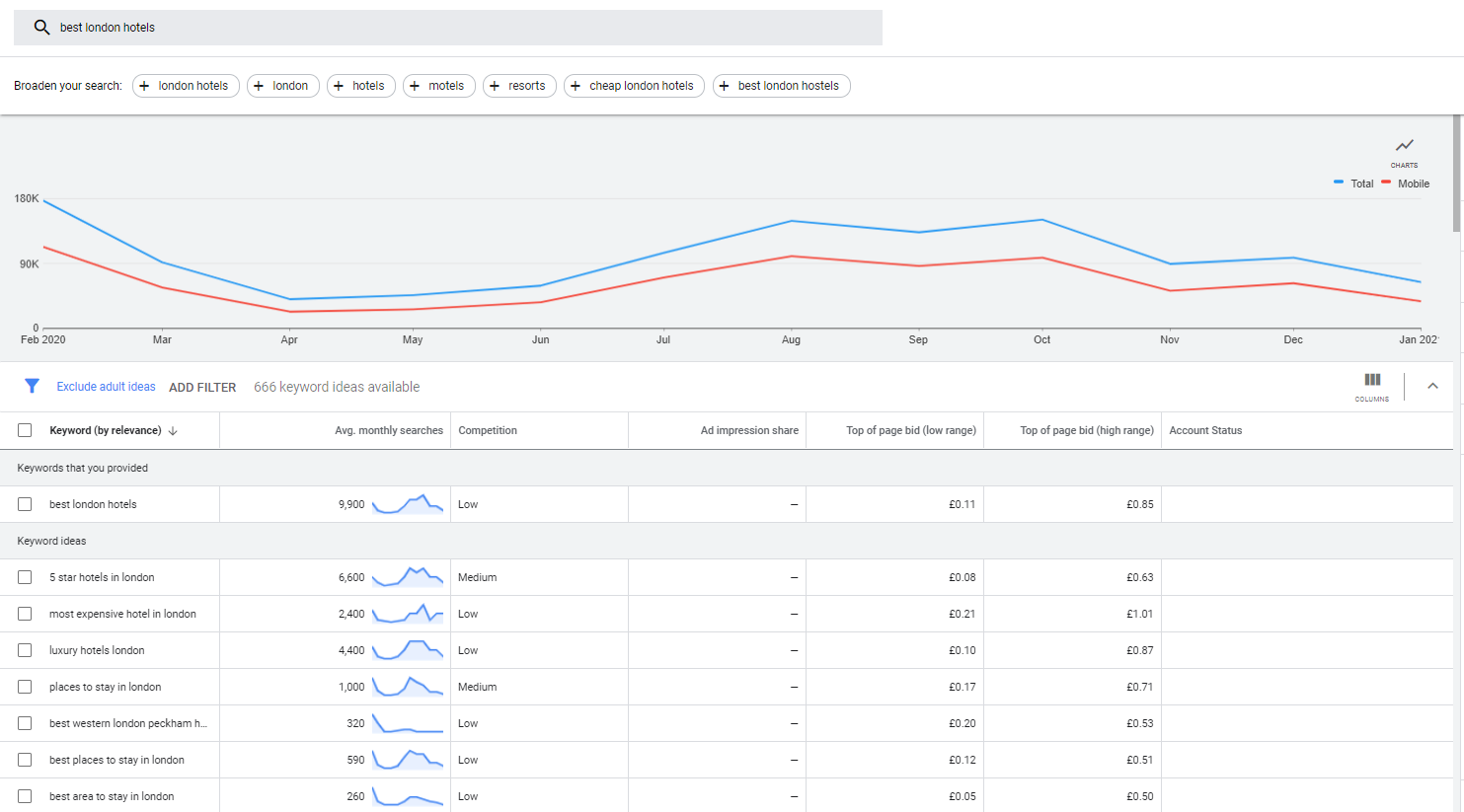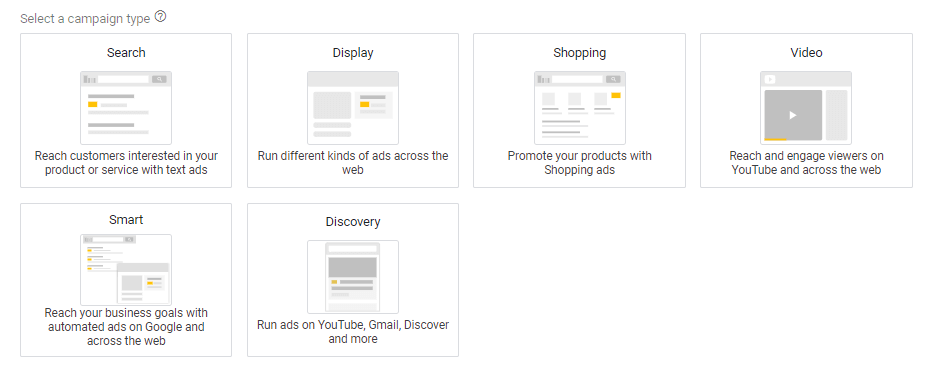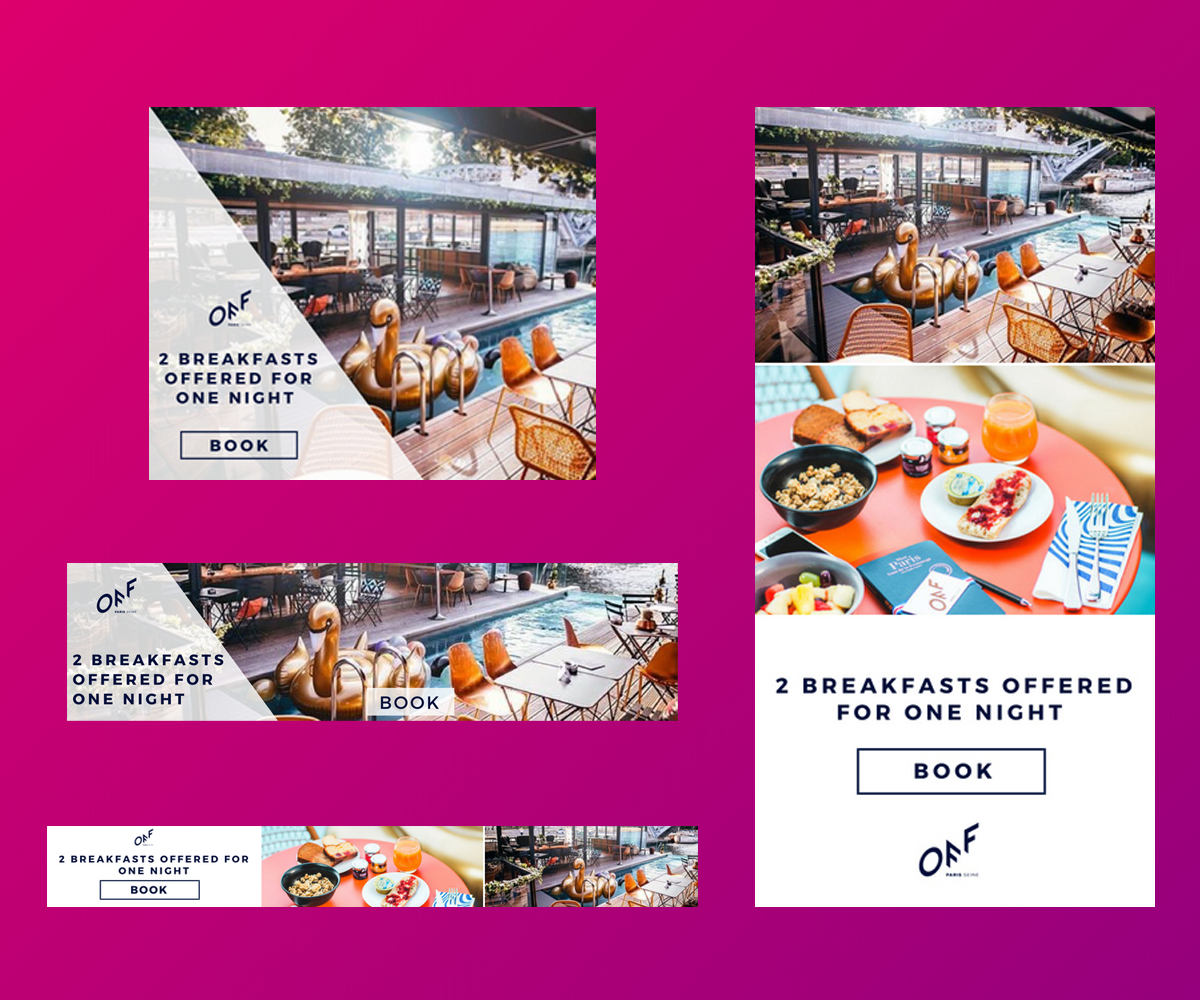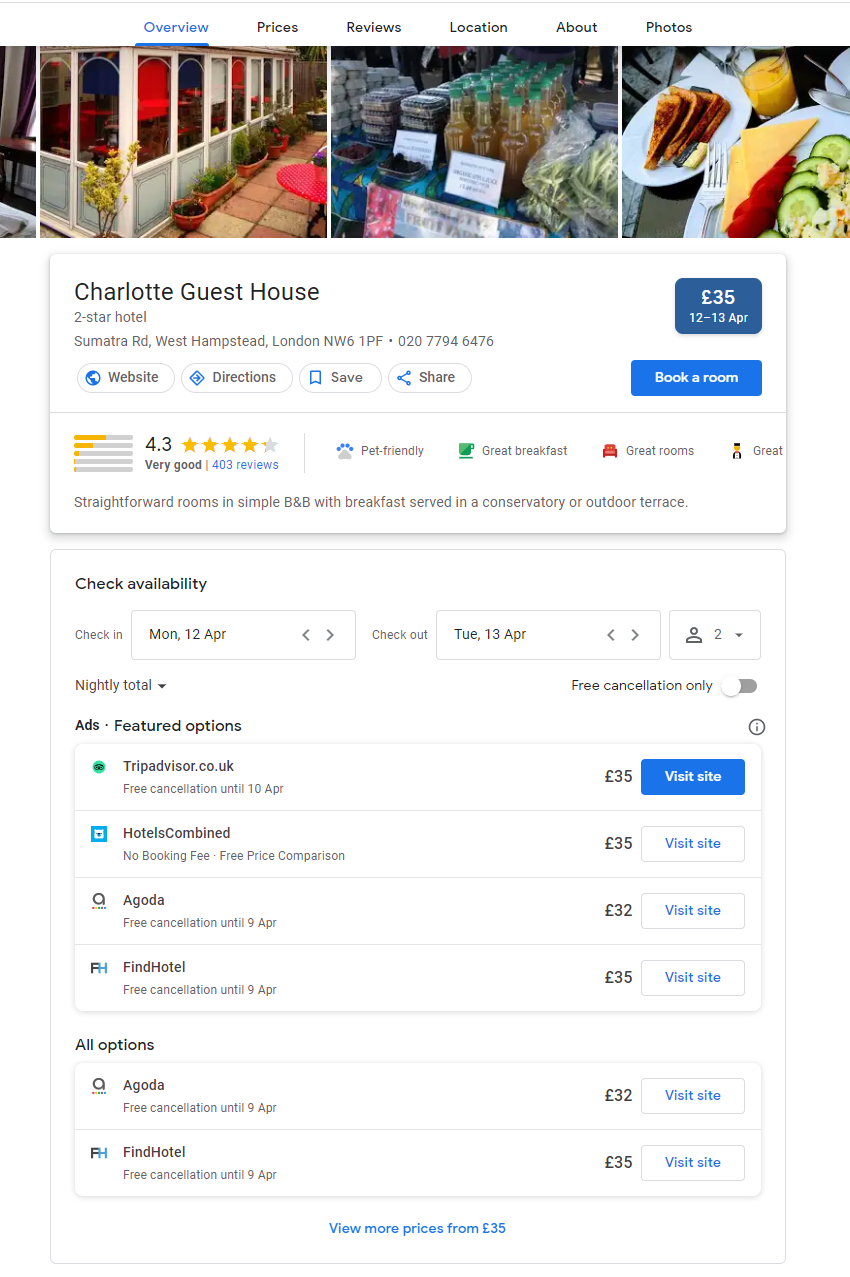Google Analytics
Analysing the metrics of your website and how people behave on your website is of paramount importance to your success.
Google Analytics is a free tool that gives you an extremely in-depth look at your website and it’s performance. This tool can seamlessly integrate with other Google tools such as Google Ads, Search Console and Hotel Ads, making it a popular choice for anyone who is using multiple Google tools.
For an in-depth guide on how to correctly set up Google Analytics for your B&B website, check out Hootsuite’s ‘How to guide’.
Why do I need Google Analytics?
Your B&B’s website is a go to source of information and guidance for potential new guests. Sometimes your website will be the first impression you may have on someone and you need to make their impression matter.
Using Google Analytics will allow you to understand how your website is running and how visitors are using your website.
Here is a list of the many questions that Google Analytics can answer for you.
- How many people visit my website?
- On what type of device do my visitors view my website?
- What websites send traffic to my website?
- Where in the world are my visitors viewing my website from?
- Which pages are most popular on my website?
- Which pages get the least traffic?
- How many visitors have converted into booking a room?
- What is the most popular content on my B&B’s blog?
Your Website Goals
Having your website goals well defined will enable you to focus on specific parts of your website that you want to improve.
Let’s for example say that you would like to increase bookings for wedding receptions at your B&B. This would be classed as a macro goal. The primary goal. However in order to help facilitate achieving this goal, you could lay out micro goals to accomplish that will indirectly help you achieve the overarching primary goal, such as:
- Increase traffic engagement within the websites wedding content
- Increase downloads of your wedding brochure
- Increase wedding enquiry forms submitted
- Increase website calls directly related to inquiring about weddings
How you track these goals would be by implementing Google Analytics Goals within your account to monitor and record when a certain goal is complete (such as booking a room, submitting an enquiry form or when a specific page has been visited).
In Depth Reports
A lot of your time spent with Google Analytics will be within their reports section. This spans a large array of reports that can help you understand how people using your website are finding you and once they’re on your site, how they are engaging with it.
The reports section is broken down into 4 main categories, each housing sub-sections that look more closely at certain aspects of your visitors metrics.
Let’s take a look at each report section.
Audience Reports
The audience reports will tell you everything you need to know about your visitors. You will find interesting reports such as demographics (the gender and age of your visitors), geo location (where in the world they are accessing your site from and what language they speak, behaviour (how often they visit your site) and technology (what devices they are using to view your site).
Acquisition Reports
The acquisition report is all about what drove your visitors to your website. Within the “All Traffic > Channels” section, you will see metrics for a specific time period that will show you how much of your traffic is coming from which channel. These channels can consist of organic search, paid search (google ads), direct, referral, social and display.
Linking your Google Analytics account to your Google Ads and Google Search Console account will enable you to view lots of information tied to those accounts right within Google Analytics as well.
Behaviour Reports
The behaviour reports section details everything about the content on your website. What pages are getting the most views? Which pages do people stay on the longest? What pages do people bounce off the quickest?
All these questions can be answered within these behaviour reports.You can also learn how fast your website loads and which pages generally take the longest for people to load. Following this, Google will offer PageSpeed Suggestions to help you decrease the take it takes for people to load your web pages.
Conversion Reports
If you’ve set up your website’s goals (which we went over earlier), you will find how many conversions your website has made in relation to these goals here in the conversions report.
Many of these goals can be compared to different metrics within the acquisition and behaviour reports. For example, you can see how many wedding brochure downloads were converted by people who found your website on Facebook.
Use these reports to your advantage to tweak and optimise your website to help boost performance.
